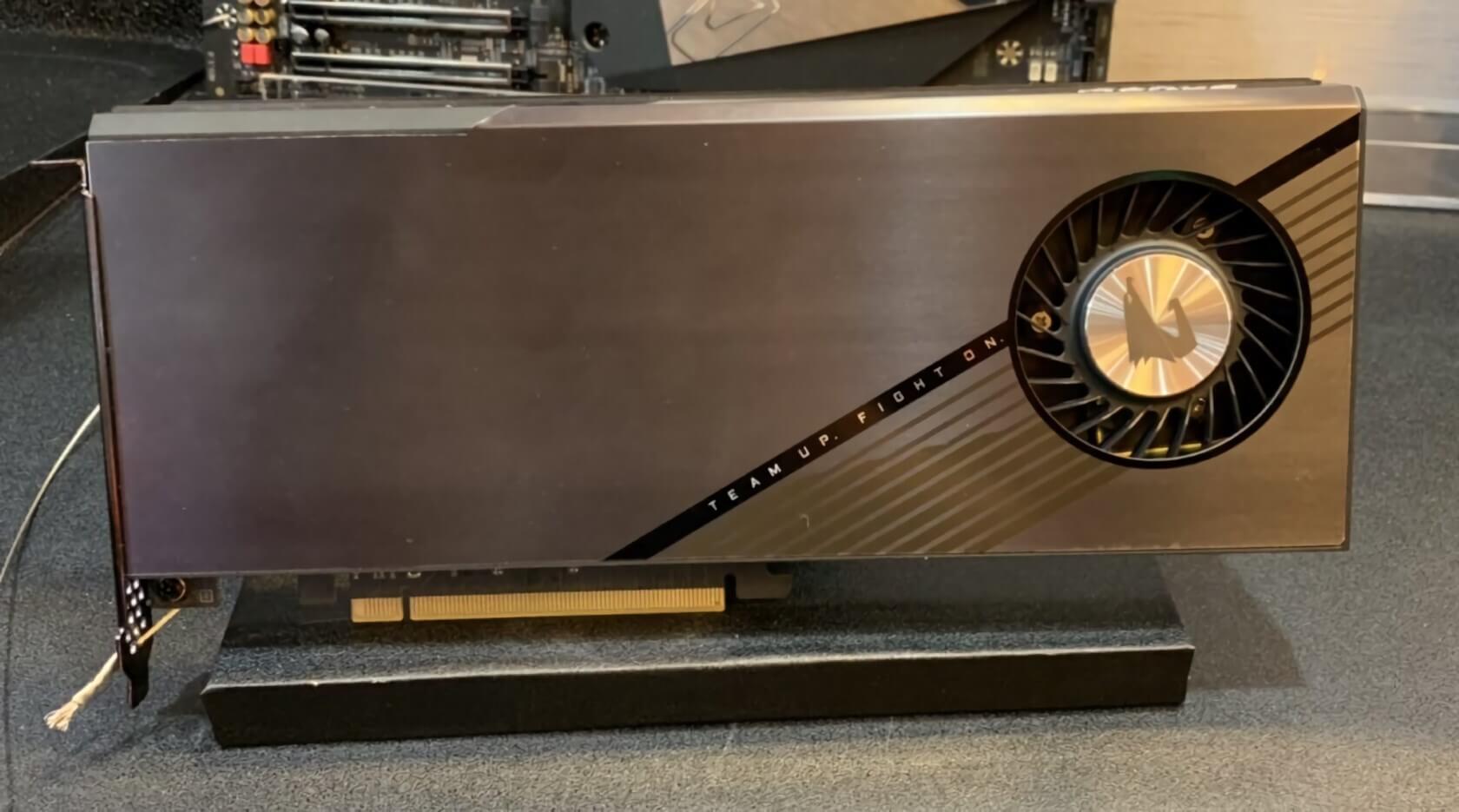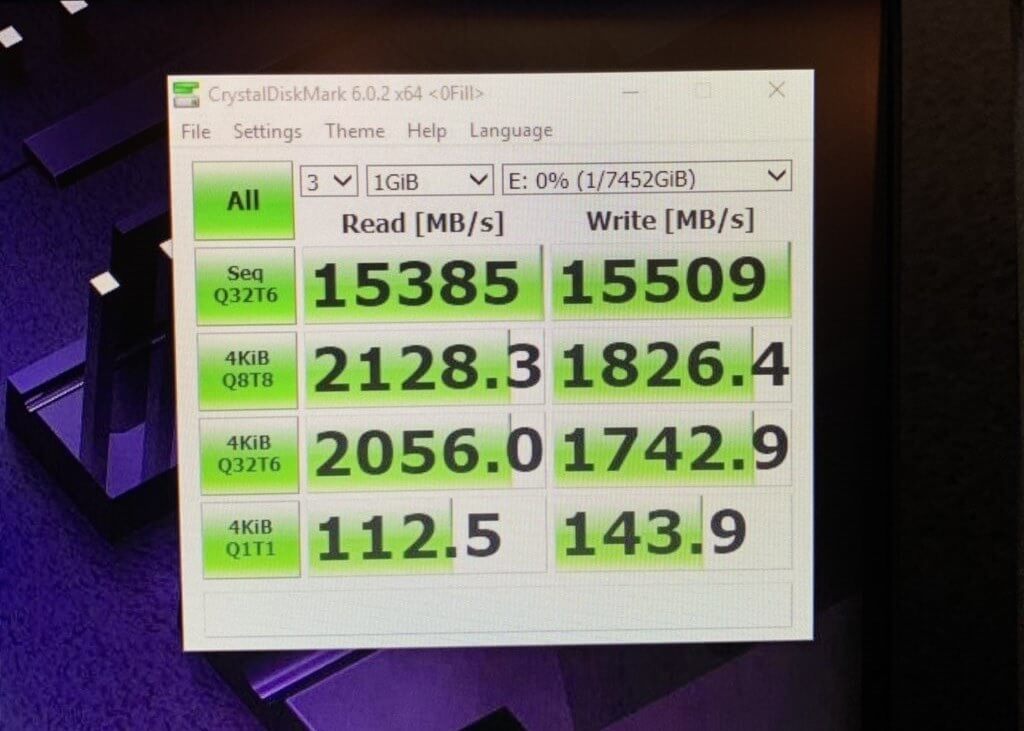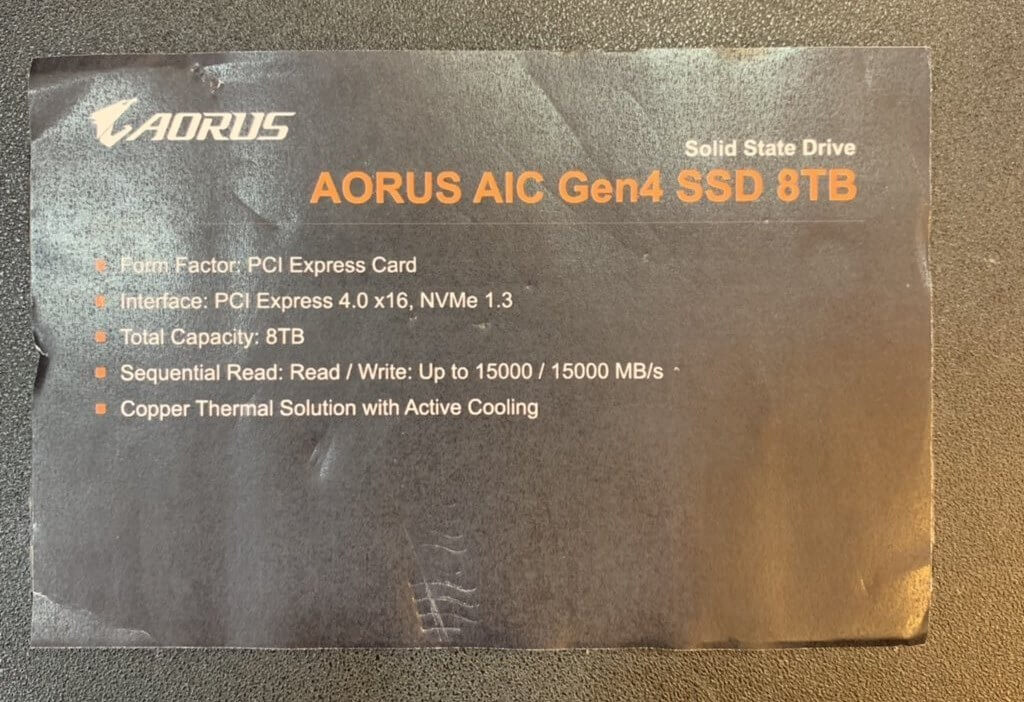Why it matters: AMD X570 motherboards are paving the way for an entirely new generation of solid state drives, with astonishingly fast speeds. MSI has already revealed an NVMe SSD with the ability to hit sequential read speeds of over 5,000 MB/s, and Corsair announced its own NVMe device with read speeds of roughly 4,950MB/s. For Gigabyte, though, those are rookie numbers.

For further context, a latest generation PCIe 3.0 NVMe drive like Samsung's 970 EVO Plus peaks at around 3,500 MB/s reads amd writes.
On Twitter today, the PC hardware maker's Aorus division revealed the "Aorus AIC Gen4." The device is a PCIe 4.0-based SSD card with 8TB of storage. Apparently, the device is capable of reaching read speeds of 15 GB/s when run in a RAID 0 configuration (with four M.2 SSDs inside).

To reach that level of performance, though, Gigabyte's SSD is quite a beast; both in terms of overall size and cooling needs. For starters, the device is roughly the size of a modern high-end GPU. Additionally, it features an aluminum shroud containing thermal pads, which allegedly help to dissipate the massive amount of heat the SSD can produce.

Finally, the Aorus AIC Gen4 includes its own built-in fan for maximum cooling efficiency (which will probably be necessary, given the SSD's overall power). The SSD's price tag is unknown, and we don't even know if it will be released to the public. However, we'll keep you updated if Gigabyte reveals any new information.
https://www.techspot.com/news/80286-gigabyte-pcie-40-based-aorus-aic-gen4-ssd.html